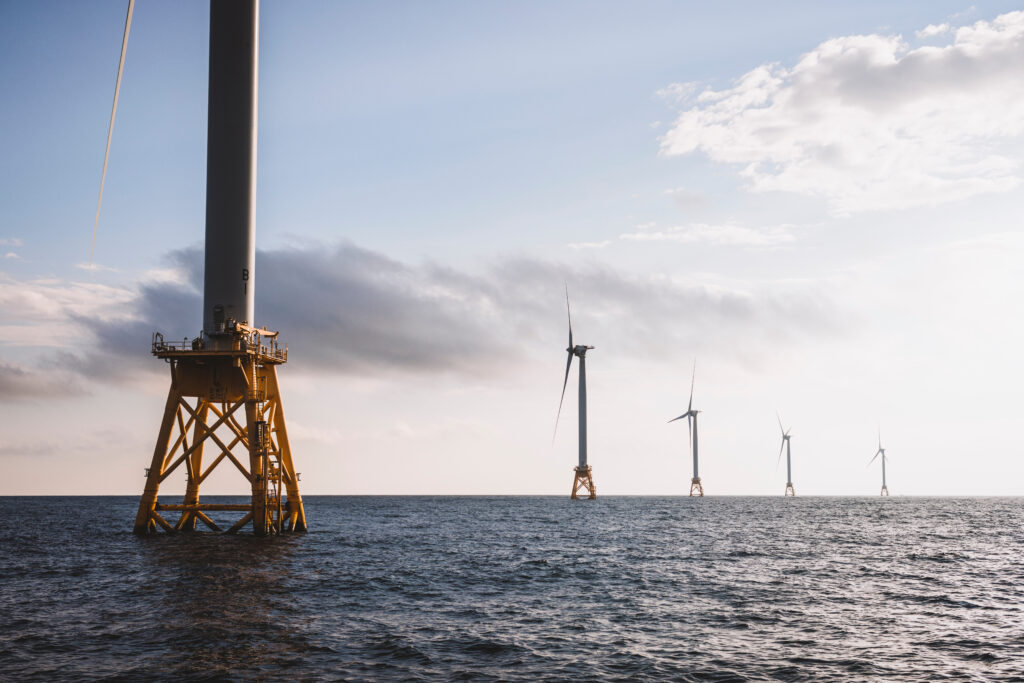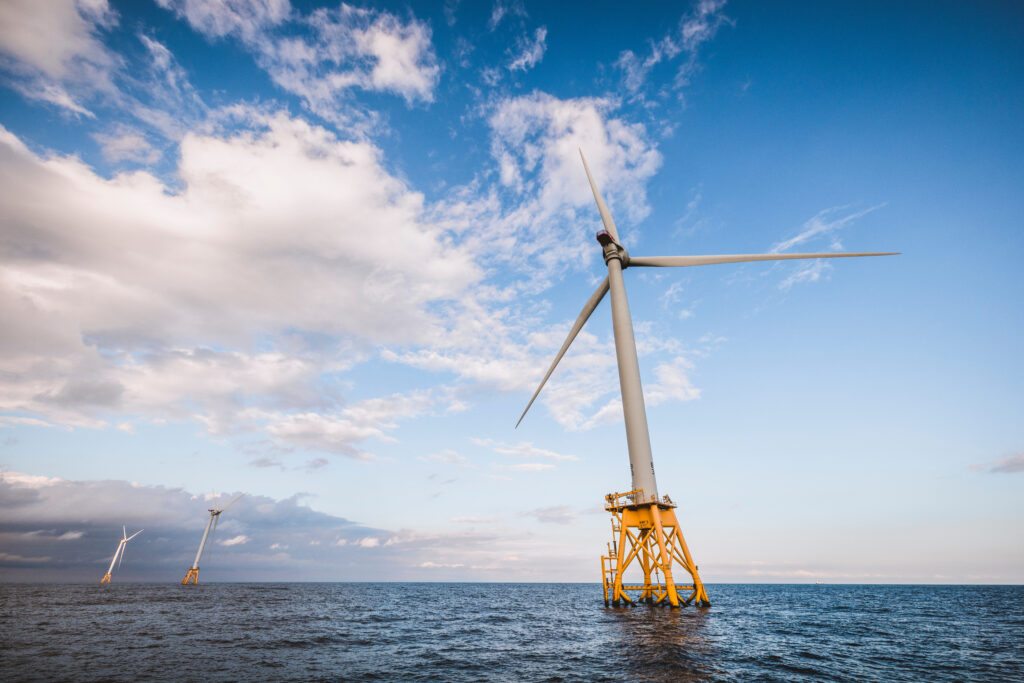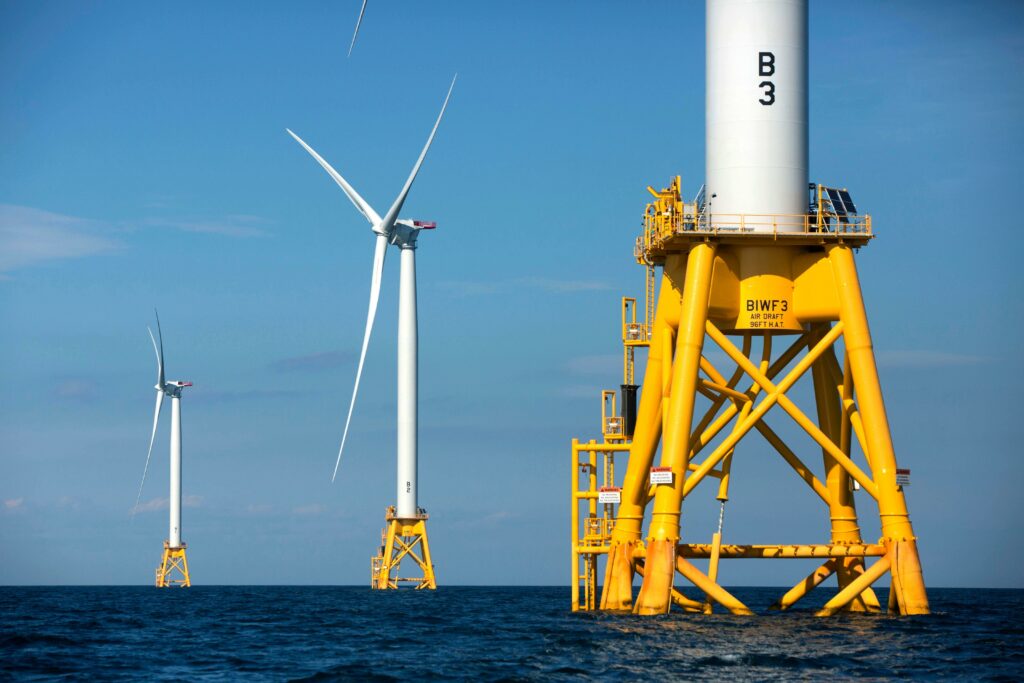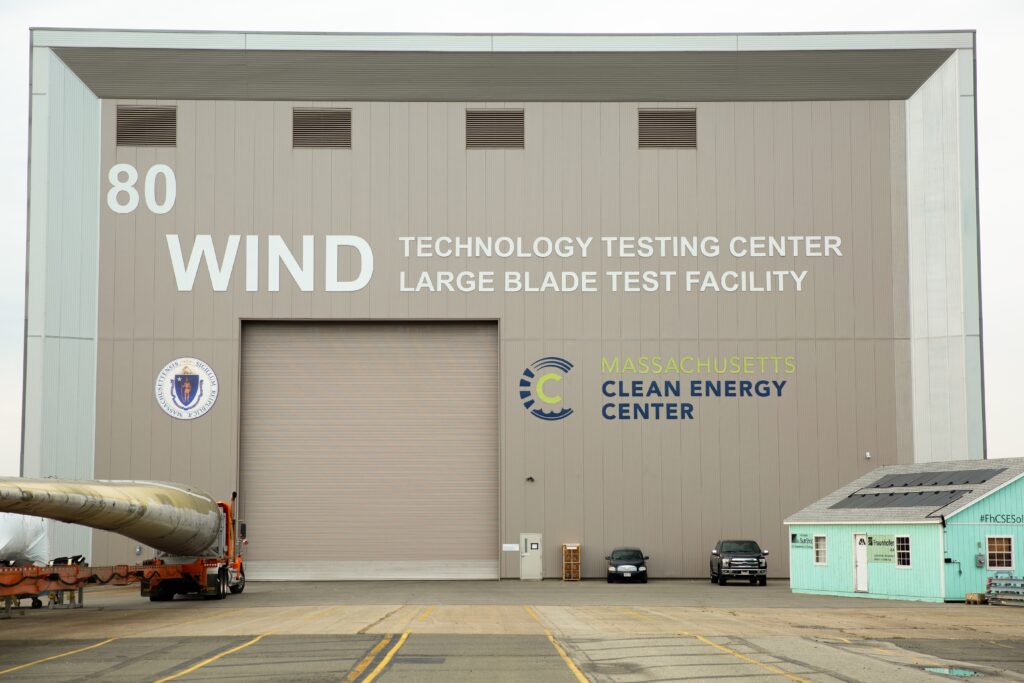
London, Thursday 7 September 2023. Offshore wind farm development has been off to a slow start in the US. Despite many US offshore wind projects being in the pipeline since the mid-to-late 2010s, with initial completion scheduled for the early 2020s, no major US wind farm has yet commenced operation.
One example is the MarWin project, developed by U.S. Wind off the coast of Maryland. Announced in June 2017, the plan was for MarWin to enter operations in 2021, yet repeated challenges to the project mean operations won’t commence until at least December 2025. In fact, in its most recent letters to the State of Maryland, U.S. Wind suggested delays could span into early 2026.

The main reasons for delays are political and/or the absence of Jones act compliant vessels able to construct, operate, and maintain offshore windfarms. On a Federal level, all US Wind farm projects are legally required to obtain presidential approval through the Federal Bureau of Ocean Energy Management (BOEM), under the Department of Interior, before they can commence construction and operation. Under the Trump administration, the lack of presidential support for offshore wind coupled with the legal need for BOEM approvals saw many projects significantly delayed, in what was described as ‘a deliberate slow-walk’ in the processing of approvals.
In addition, wind farm developers have experienced hurdles in presenting their projects to local communities. One example is the Skipjack project, developed by Ørsted and Eversource off the coast of Maryland. The project was approved in 2017, but ran into difficulties in the summer of 2019 when Ørsted announced Fenwick Island, a state park in Delaware, as the location for a substation connecting the electricity of Skipjack’s offshore export cables to the onshore power grid. This announcement resulted in public outcries from the inhabitants of Fenwick Island as well as from the neighbouring Ocean City. This ensuing local resistance to the project has seen Skipjack’s commencement delayed from 2022 till, at the earliest, 2026.
Vessels
The lack of Jones Act compliant vessels able to construct, maintain and operate offshore windfarms has also greatly contributed to the delay in project commencements. Notably, the complete absence of Jones Act compliant Wind Turbine Installation Vessels (WTIV) has been a challenge for the industry. The construction of two installation vessels will help address this issue.
Firstly, Dominion Energy’s Charybdis, the first ever Jones Act compliant WTIV, is due to be operational in 2024 and has already been contracted to Revolution Wind, Sunrise Wind, and Coastal Virginia Offshore Wind. Secondly, Maersk’s Wind Installation Vessel (WIV) is expected to enter operation in 2025 and has been contracted to install the turbines for Empire Wind in the same year, and Beacon Wind in 2026. While Maersk’s WIV vessel will not sail under US Flag, it will be ‘fed’ by specially constructed, Jones Act compliant barges and tugs from Kirby Corporation that will deliver supplies to the WIV from US ports.
Despite the Biden-Harris administration having announced a target of four to six WTIVs in operations before 2030, the timeframe needed for the construction of such vessels makes it likely that the industry will have to rely on the Charybdis and Maersk’s WIV for the majority of the remaining decade.

Similar to the WTIV market, the supply of Crew Transfer Vessels is increasing but remains too little to satisfy the demand. The domestic fleet of CTVs has grown steadily since the first CTV was put into operation for the Block Island Wind Farm in 2016, with a significant increase in orders in 2021 and 2022. Yet, rather than building vessels on speculation, US shipowners place orders for CTVs in partnerships with wind farm developers, who immediately contract these vessels onto long-term charters for the construction and installation phase of project development. Consequentially, the newly built CTVs do not increase the actual availability in the market, leaving a gap in CTV support for construction scopes on the East Coast.
The Service Operation Vessel (SOV) market has similarly been slow in taking off due to the lack of Jones Act compliant vessels. The first Jones Act compliant SOV, built by Edison Chouest Offshore for a long-term charter on Ørsted and Eversource’s South Fork, Revolution Wind, and Sunrise Wind projects, commenced construction in March 2022 and will enter service in 2024.
As the vessel will be serving Ørsted and Eversource’s projects for the first years of its operations, it will not provide relief to the lack of available SOVs on the US market. However, recent developments indicate that this tight market may be relieved through the speculative conversion of OSVs, originally meant to service the oil industry in the Gulf of Mexico, to SOVs servicing wind projects on the East Coast.
Hornbeck Offshore, a marine transportation company with headquarters in Louisiana, announced the conversion of an OSV into an SOV, scheduled to enter operations in Spring 2025. The vessel is thus on track to be the second Jones Act compliant SOV commencing operations, after Edison Chouest’s new build. The price for Hornbeck’s conversion is estimated to be just below 100 million USD, significantly lower than the 170 million USD price tag for a new build SOV. Hornbeck has identified a number of other ‘conversion candidates’ in its fleet.
Vessels Contracted to Install Foundations, Turbines, and Cables
The lack of Jones act compliant Heavy Lift Vessels (HLV) has resulted in developers contracting the installation of foundations to European-registered vessels. Thus far, three-vessel owners have been publicly announced as holding contracts for the installation of foundations on the US East Coast: Boskalis, DEME Offshore, and Heerema Marine Contractors. For their South Fork and Revolution Wind projects, Ørsted and Eversource have contracted the installation of foundations to Boskalis. For the first of these projects, the installation of the foundations has already commenced, with the use of Boskalis HLV Bokalift 2.
DEME Offshore has entered into a contract to install the foundations for Avangrid and the Copenhagen Infrastructure Initiative’s Vineyard Wind, for which they will employ the HLV ‘Orion’. DEME Offshore will further utilise one of their HLVs to install the foundations of Dominion Energy’s Coastal Virginia Offshore Wind. In 2025 and 2026, Heerema Marine Contractors will enter the market for foundation installations, having been contracted to install the foundations for Equinor and BP’s offshore wind farm developments, Empire Wind and Beacon Wind.
Turbines
Until Dominion Energy’s Charybdis and Maersk’s WIV become operational in 2024 and 2025, the absence of Jones act compliant WTIVs radically limits the capacity to install offshore wind turbines in the US. The two projects scheduled to commence turbine installation in 2023, South Fork and Vineyard Wind, have thus had to utilise European registered vessels, which will not be able to enter US ports. The turbines of South Fork Wind will be installed using Van Oord’s Aeolus, while the turbines of Vineyard Wind be installed by DEME Offshore’s Sea Installer. After these projects, the Charybdis and Maersk’s WIV will enter the market.

Cables
So far, there are three key cable installation contractors for offshore wind on the US East Coast: DEME Offshore, Prysmian, and Nexan. Due to the lack of Jones Act compliant CLVs, all vessels planned for usage by these companies are registered in Europe. DEME Offshore will be laying the cables for Ørsted and Eversource’s South Fork project, using their CLV ‘Living Stone.’ DEME Offshore will, in partnership with Prysmian, install the cables for Dominion Energy’s Coastal Virginia Offshore Wind project. Prysmian has been announced as the cable contractor for Avangrid and Copenhagen Infrastructure Initiative’s projects, Vineyard Wind and Park City Wind. For the first of these, Prysmian has announced that they will employ their vessel ‘Cable Enterprise.’ Finally, Nexan is contracted to lay the cables for Ørsted and Eversource’s Revolution Wind, and Equinor and BP’s Empire Wind project.
Outlook
Another hurdle for the US East Coast offshore wind market is inflation and its impact on the American economy. The Federal Reserve’s decision to curb inflation through interest rate hikes has forced a steep rise in supply chain and capital expenses for wind farm developers, resulting in the termination of multiple projects. Most recently, Avangrid announced the termination of their 2.4 GW Commonwealth Wind project, citing rising supply chain and financing costs as having made the project economically unviable. This highlights how the future success of offshore wind projects in the US remains contingent on their ability to compete on prices against other sources of energy in the present economic climate.
Nevertheless, there are a series of political developments which suggest a promising future for the US offshore wind market. Specifically, the Biden-Harris administration has initiated an expansion of offshore wind leases from the East Coast to the West Coast and the Gulf of Mexico. The administration has announced a goal of 30 GW offshore wind capacity by 2030 and 15 GW operational capacity of offshore floating wind farms by 2035. By opening areas of deep waters for wind farm projects, floating wind will expand the possible geographical scope of wind energy in the US by two-thirds. Thus far, no large-scale floating wind project has been announced in the US. This will be an interesting development to follow.